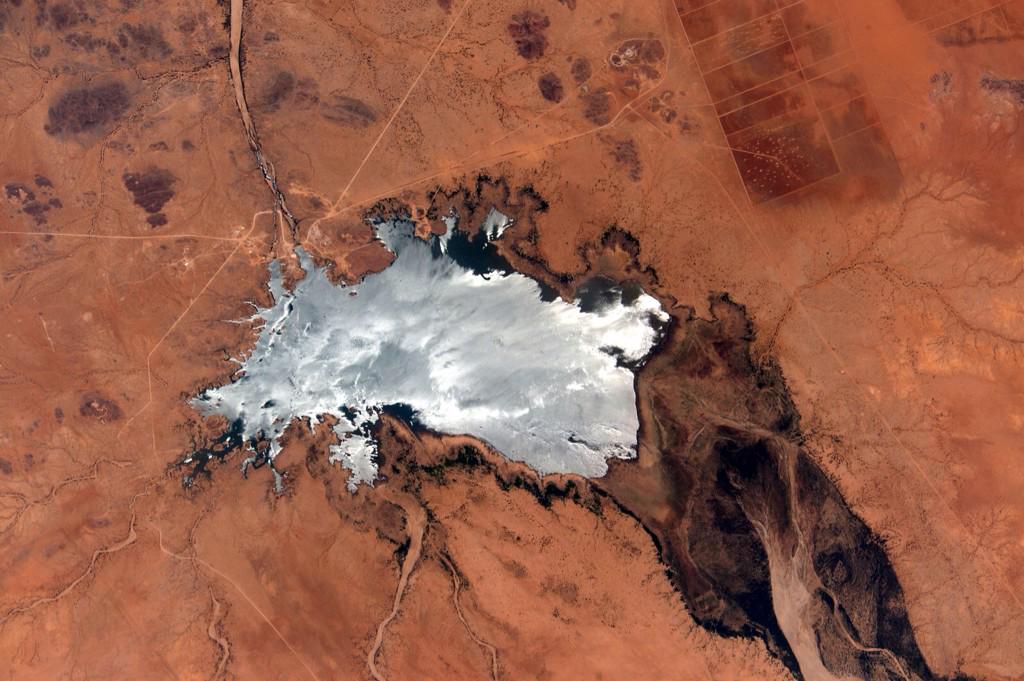Welcome, Far-Sighters, to the first post in a new weekly
series featuring some of the latest fascinating developments in science! Every
Friday I will collect a variety of headlines from the scientific community for
summary, discussion, and creative expansion. Since science rests at the very
heart of most science fiction, keeping up to date on what we know and don’t
know about the world around us is essential to moving forward the field of
exploring the imagined universe.
You don’t have to be an expert on everything to write good
science fiction, but you never know when one small fact will inspire a new
idea. Scientific fact is the cornerstone upon which we build possible futures as
dedicated followers of that mantra “What if?” My hope is that you will find
these reports informative and exciting and that you will join me in discussing
the possibilities inherent in each new discovery. Please feel free to share
your thoughts and inspirations in the comments!
It is, of course, nigh-impossible for me to keep my finger
on the pulse of every field of study available, which is where you also have a
chance to participate in what content gets featured. If you come across a news
article that you find particularly interesting, please send it to me via email with
the subject line “Friday Science Highlights”. Try to keep all suggested content
current (within the same month, if possible) and reliable (either directly from
or cited from reliable sources).
International Space Station crew member Scott Kelly, who is
also one of the subjects in the Year in Space Human Research Program, regularly
tweets stunning photos of our planet from the perspective of low Earth orbit. This
week he posted the sun reflecting back from a desert lake.
It is amazing to me how alien Earth can appear with enough
separation. The lake looks to me like liquid mercury, which is deadly in even
small amounts. Imagine what entire oceans of it would do to a planet. What
kinds of hazards would explorers face with such an environment?
If you haven’t been keeping up with all the hubbub going on in space
exploration right now, you may not be aware that we are mere days away from
having a probe pass by Pluto and its moons for the first time in human history.
This is incredibly exciting, since it has taken the New Horizons probe almost
ten years to travel to the edge of our solar system, making Pluto and its moons
“the farthest worlds ever to be explored by humankind.” If you’re a space
exploration nerd like me, you can get past the slight cheesiness of the teaser video that the National Space Society has released to commemorate the
achievement and still be awed and thrilled by what is going to happen on July
14.
However, no exploration is complete without some bumps in the road, and
on the afternoon of July 4th, the New Horizon’s probe lost contact
with Earth for more than an hour. This was very interesting (proper word?) for
NASA, since once they regained communication with the probe, it was at first
unclear why the error had occurred.
The mystery has since been solved and attributed to a simple flaw in the
command sequence, but we can just pretend for a moment that the hang-up wasn’t
quite so humdrum as a computing error. People have for years been obsessed with
life on Mars and as a result have given little thought to the potential fertility of the“almost-planet”
(come on people, we all know that
Pluto is one of the nine).
Or is it? What if Pluto isn’t a planet at all but an outpost? What might
happen if the inhabitants saw a probe about to pass their observatory where
they have been making notes on the tiny blue planet at the other end of the
system for all these centuries?
While you’re pondering whether the New Horizons blip might have been the
result of insidious intentions or not, you can keep up to date on our visit to
Pluto with this handy counter at seeplutonow.com.
Forget the icecaps on Mars; today’s water talks are all about the moisture taking up residence in the red planet’s air. As we continue to roam Mars’ surface via long-distance robotics, we are learning more than ever
before on whether or not Mars could potentially support life. Though no life
has yet to be discovered, we’re a long way from declaring Mars sterile. The
latest promising feature is Mars’ relative humidity, which can climb to as high
as 80-100% in certain areas at certain times.
But water in the air is only a small feature that can still
be overruled by whether or not that water ever condenses, and even if it does,
whether its evaporation is nullified by hostile surface conditions.
One fascinating idea that this article projects is the hypothesis that Mars’ organisms may be hiding away beneath the surface, avoiding the sun’s uninhibited radiation. I will be honest, I had never thought of extraterrestrial cave systems, though it makes clear sense that they should exist. Earth’s cave systems are rich with both water and life and are the settings for some of the most incredible beauty you can find on the planet. It would be worth it to research what conditions allow for these exotic caves to develop here on Earth and whether or not it would be possible for there to be similar cave systems on Mars, or to speculate what the different conditions of Mars would allow for underground.

No comments:
Post a Comment